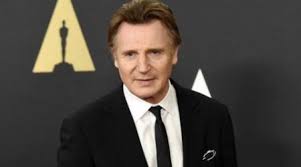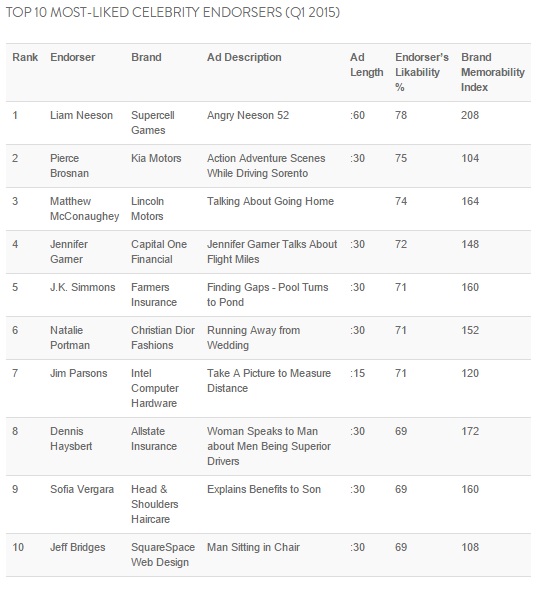 In today’s hyper-fragmented media landscape, where the options for reaching consumers seem endless, marketers are finding themselves being more strategic with their spending. In order to know where to place an ad that will reach their most valuable audience, not necessarily the largest audience, marketers are increasingly seeking out data and analytics to evaluate things like consumers’ purchase habits, media preferences and behaviors. Some are even relying on this type of data before their ads even see the light of day, to inform major decisions about the content of their advertising and marketing materials.
In today’s hyper-fragmented media landscape, where the options for reaching consumers seem endless, marketers are finding themselves being more strategic with their spending. In order to know where to place an ad that will reach their most valuable audience, not necessarily the largest audience, marketers are increasingly seeking out data and analytics to evaluate things like consumers’ purchase habits, media preferences and behaviors. Some are even relying on this type of data before their ads even see the light of day, to inform major decisions about the content of their advertising and marketing materials.
Despite the changing media environment, however, one such pre-placement decision is nothing new—whether to have someone endorse the product. But it may be more effective than ever: Today’s younger generations are most likely to report being influenced by celebrity endorsements. Still, a celebrity endorser can be a major investment for some advertisers, so it’s important to choose someone who will represent your brand well and will also influence people to purchase your product. So how do you choose the perfect celebrity endorser these days? Is it someone who stars in a hit TV show, led their team to the playoffs or has a winning smile? Maybe it’s just a gut decision. Whatever it is, understanding how potential customers view that person is key.
A new analysis using Nielsen Talent Analytics and Nielsen TV Brand Effect set out to identify the most-liked celebrity endorsers during the first quarter of 2015. The study found that Liam Neeson, who starred in a spot for Supercell Games, was the most likable endorser, favored by 78% of Americans who were aware of him. Pierce Brosnan (Kia Motors) and Matthew McConaughey (Lincoln Motors), both starring in auto ads, rounded out the top three and were liked by 75% and 74% of those who knew them, respectively.
 The study also looked at how well TV viewers remembered the brands, which is gleaned from testing 24 hours after a real-world, normal viewing of an ad. Although talent is only one of many factors that can make an ad stand out from the pack, it can also go a long way in making an ad memorable. In addition to having the most-liked endorser out of the bunch, the spot for Supercell Games also saw the highest brand memorability among TV viewers—who were more than twice as likely to remember the ad and brand compared to the average prime-time commercial during first-quarter 2015. Allstate Insurance’s commercial featuring the smooth voice of Dennis Haysbert (ranking as the eighth most-liked endorser) also saw high brand memorability among TV viewers, as they were 72% more likely to remember the ad and brand than they were the average prime-time commercial.
The study also looked at how well TV viewers remembered the brands, which is gleaned from testing 24 hours after a real-world, normal viewing of an ad. Although talent is only one of many factors that can make an ad stand out from the pack, it can also go a long way in making an ad memorable. In addition to having the most-liked endorser out of the bunch, the spot for Supercell Games also saw the highest brand memorability among TV viewers—who were more than twice as likely to remember the ad and brand compared to the average prime-time commercial during first-quarter 2015. Allstate Insurance’s commercial featuring the smooth voice of Dennis Haysbert (ranking as the eighth most-liked endorser) also saw high brand memorability among TV viewers, as they were 72% more likely to remember the ad and brand than they were the average prime-time commercial.
Neeson and Bronson also have serious overall endorsement potential, each with a total Nielsen N-Score of 94 out of 100. Awareness, likability and a host of other attributes contribute to an entertainer’s score, one being influence. Among the most influential out of this group are Jeff Bridges (38% of those who know him think he’s influential), Dennis Haysbert (37%) and Liam Neeson (36%).
In addition to how people feel about an entertainer, it’s also critical for marketers to understand entertainer’s fans—who they are, what they purchase, what they’re in the market to purchase and how they engage with content across screens. After all, the point of touting a celebrity endorser is to entice those who like them to purchase your product. For example, take fans of Sofia Vergara and Jim Parsons, endorsers of Head & Shoulders and Intel Computer Hardware, respectively, who appear on both lists above. A separate Nielsen Talent Analytics study found that Sofia’s fans are 12% more likely than the general U.S. population to purchase shampoo and 13% more likely to make any hair care purchase. Meanwhile, the same study found that Jim’s fans have an affinity for technology and are more likely than the general U.S. population to have items like a wearable device (23% more likely) or a smart TV (20% more likely) and are 25% more likely to have shopped online for consumer electronics in the past month.


